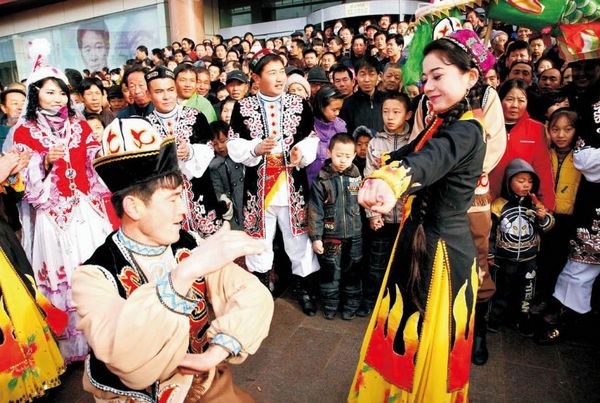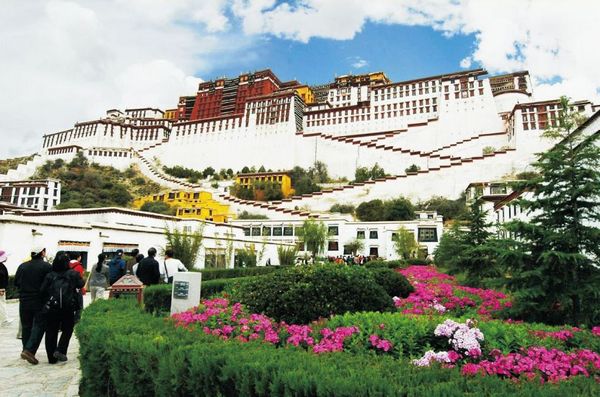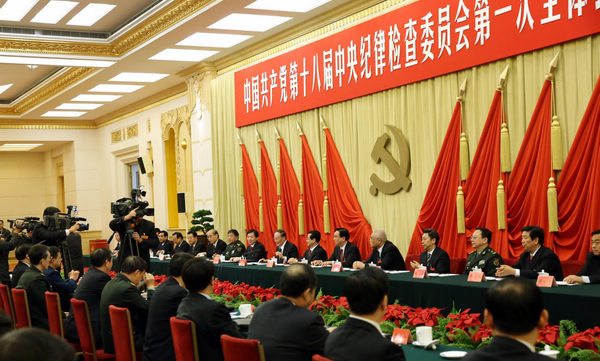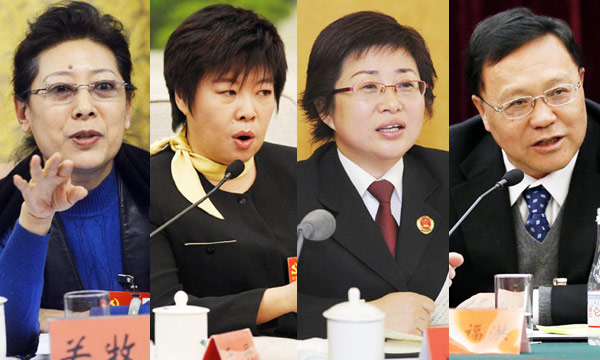Online photo exhibition of China in Development (1911-2011)
(CPC Encyclopedia)
Updated: 2011-09-16 16:52
Ethnic NPC deputies pose for a photo before they attend the fourth session of the 11th National People's Congress at the Great Hall of the People in Beijing at 9 am on March 5, 2011. [Photo/All-China Federation of Returned Overseas Chinese and China Intercontinental Press]
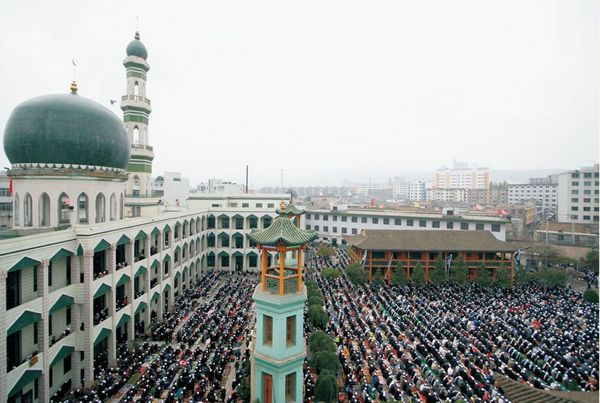
Muslims celebrate Eid al-Fitr in Xining, Qinghai province. [Photo/All-China Federation of Returned Overseas Chinese and China Intercontinental Press]
Winter Nadam fair in Hulunbuir. Nadam, meaning entertainment and playing in Mongolian language, is a traditional entertainment and games festival of the Mongolian ethnic group. During the event, local residents participate in activities like horse racing, archery and Mongolian wrestling. [Photo/All-China Federation of Returned Overseas Chinese and China Intercontinental Press]
Music Festival of Haimi in Xinjiang. [Photo/All-China Federation of Returned Overseas Chinese and China Intercontinental Press]
The first large-scale maintenance of the Potala Palace ran from 1989 to 1994, during which China allocated 55 million yuan and used a large number of gold, silver and other supplies. The United Nations Educational, Scientific and Cultural Organization (UNESCO) considered the maintenance "a miracle in the history of ancient building protection" and "a great contribution to the protection of Tibetan and even world, culture."
The second facelift of the Potala Palace began in 2002 along with maintenance for the Norbulingka and the Sakia Temple with a total investment of 380 million yuan. The maintenance lasted for seven years.
During the 11th Five-year Plan period (2006-2010), China invested a record 570 million yuan for the maintenance of 22 historical relic sites in Tibet Autonomous Region. [Photo/All-China Federation of Returned Overseas Chinese and China Intercontinental Press]

Top News
Xi emphasizes adherence to CPC Congress spirit
Top legislator urges implementation of congress spirit
Moderately prosperous China brings chances to world
Video




